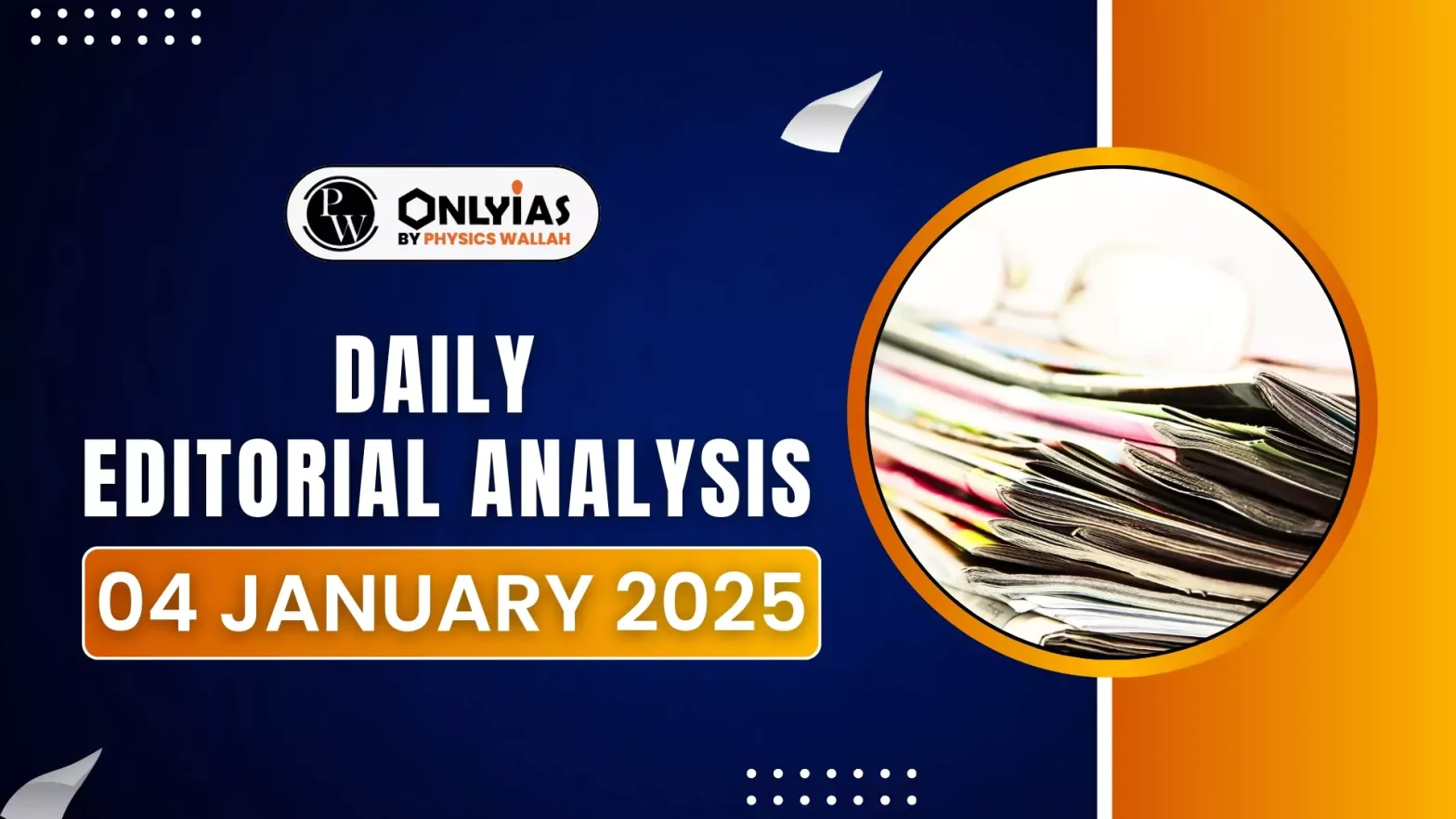An annual assessment by the Central Ground Water Board (CGWB) reveals troubling trends regarding the state and quality of groundwater in India with widespread implications for public health and the environment.
Key findings
1. Excessive Nitrate Contamination on the Rise
- Increase in affected districts: number of districts with excessive nitrate contamination(45 milligrams per liter) has risen from 359 in 2017 to 440 in 2023, affecting more than half of India’s 779 districts.
Associated Negative Implications:
- Health Risks: Excessive nitrate levels are linked to methemoglobinemia, which is a rare blood disorder that reduces the ability of red blood cells to carry oxygen, leading to health conditions like Blue Baby Syndrome in infants.
- Environmental Concerns: Elevated nitrate levels contribute to the growth of algal blooms in lakes and ponds. The lack of sunlight in the water column disrupts the entire ecosystem.
- Aquatic plants are unable to perform photosynthesis, weakening their growth and depleting the oxygen levels in the water, which affects other organisms’ survival.
- Some algal blooms, especially those caused by certain types of algae, release toxic substances that can harm fish, shellfish, and even humans if contaminated water is consumed or used.
Enroll now for UPSC Online Course
Factors Contributing to Algal Blooms
- Nutrient Enrichment (Eutrophication)
- Key Nutrients: Nitrogen (N) and phosphorus (P) are the primary nutrients that drive algal growth in water bodies.
- Sources of Nutrients:
- Agricultural runoff: The excessive use of fertilizers and manure in agriculture leads to nitrogen and phosphorus being washed into water bodies.
- Urban stormwater runoff: Runoff from urban areas can carry nutrients from roads, lawns, and other surfaces into nearby water bodies.
- Untreated or partially treated sewage: Sewage systems that do not adequately remove nutrients contribute to nutrient loading in water bodies.
- Industrial discharges: Certain industrial processes may release nutrient-rich waste into nearby waterways.
- Warm Temperatures: Algae thrive in warm water and thus are more likely to occur during summer or periods of climate warming, when temperatures are higher.
- Stagnant Water: Water bodies that are slow-moving or stagnant create favorable conditions for algae to multiply as there is less natural mixing and dispersion, allowing nutrients and algae to concentrate in one area, further promoting bloom growth.
- Sunlight: Algae need sunlight to carry out photosynthesis, the process that fuels their growth. Clear, warm seasons with ample sunlight encourage rapid algal growth.
|
2. Regional Distribution of Nitrate Contamination
- States with the worst contamination:
- Rajasthan: 49% of samples had nitrate levels above the limit.
- Karnataka: 48% of samples.
- Tamil Nadu: 37% of samples.
- Perennial Problem Areas: Rajasthan, Madhya Pradesh, and Gujarat have long-standing nitrate contamination since 2017, primarily due to geological factors.
- Increasing Contamination in Central and Southern India: There is a worrying rise in nitrate levels in regions that previously had lower contamination, signaling a potential environmental crisis.
Link Between Agriculture and Nitrate Levels
- Studies consistently show a correlation between elevated nitrate levels and the practice of intensive agriculture, where excessive use of fertilizers and improper waste management contribute to contamination.
|
Check Out UPSC CSE Books From PW Store
3. Other Chemical Contaminants in Groundwater
- Fluoride: High concentrations of fluoride, exceeding the permissible limit, are a major concern in states like Rajasthan, Haryana, Karnataka, Andhra Pradesh, and Telangana.
- High concentrations pose significant health risks such as dental and skeletal fluorosis.
- Uranium: The presence of uranium in groundwater also poses a significant risk to water quality and public health including kidney damage and increased cancer risk.
4. Groundwater Over-exploitation
- Extent of Extraction: The groundwater extraction rate in India is 60.4%, which has remained relatively stable since 2009.
- This indicates that extraction exceeds replenishment, putting pressure on groundwater resources.
- Safe Zones: Around 73% of the analyzed groundwater blocks fall under the ‘safe’ category, meaning they are replenished enough to offset the water extracted.
- The report also drew attention to the fact that States with over-exploited groundwater blocks were more likely to have excessive chemical contaminants.
Way forward
- Utilising Effective Monitoring System: India has developed a robust, scientific system to monitor groundwater quality annually, providing valuable insights into the state of groundwater resources across the country.
- However, it is now crucial to utilize this system judiciously.
- Need for Awareness and Action: Despite the availability of data, there is a lack of effective action by states.
- The government must initiate awareness programs and take strong leadership to address the growing crisis and encourage better water management practices.
Enroll now for UPSC Online Classes
Conclusion
The rise in excessive nitrate contamination, along with other chemical pollutants, highlights a growing environmental and health crisis in India’s groundwater. While monitoring systems have improved, the real challenge lies in ensuring that states take action to address the root causes of contamination and implement measures for the sustainable management of groundwater resources.
![]() 4 Jan 2025
4 Jan 2025

